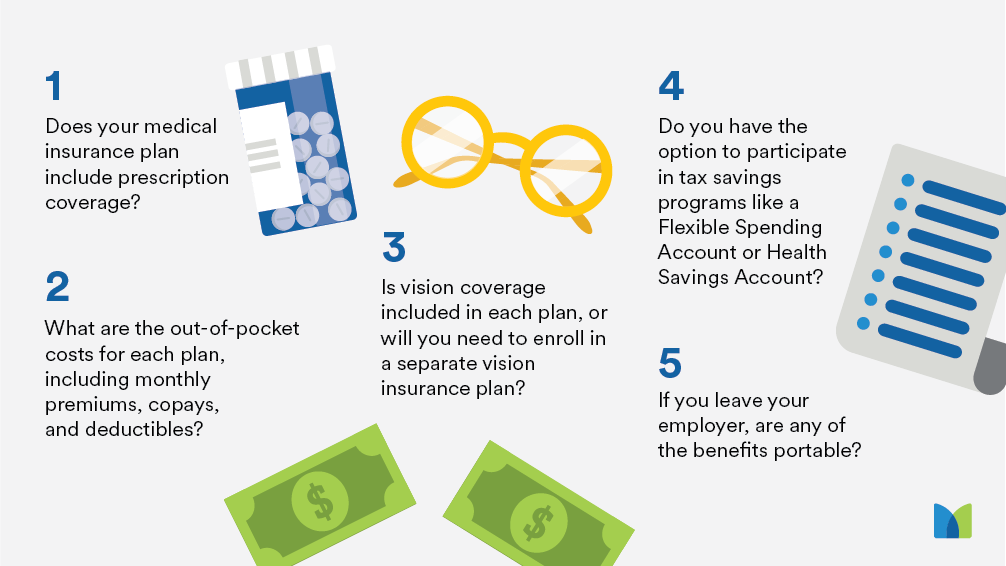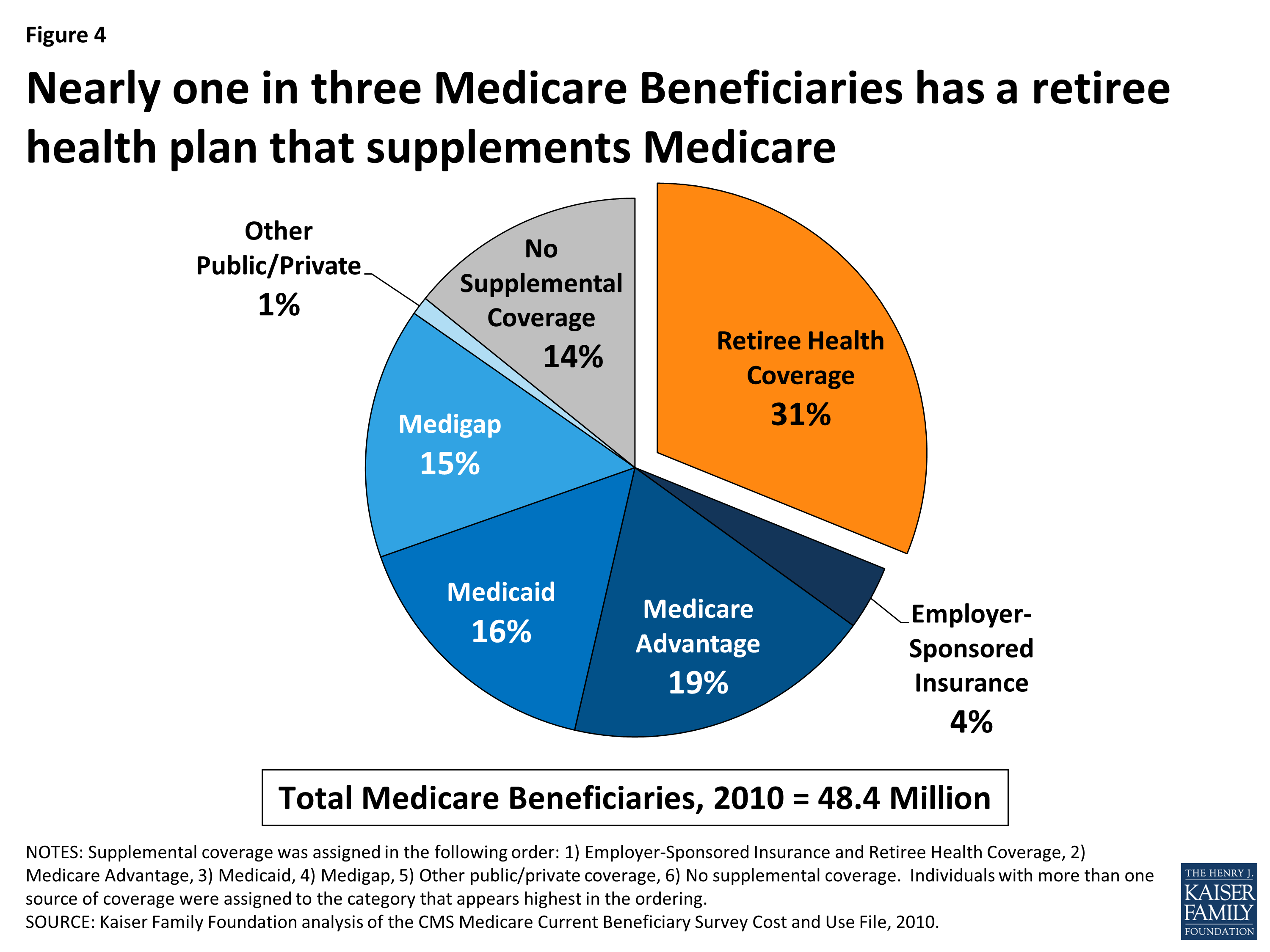Medicare Advantage Agent Things To Know Before You Get This
Medicare Advantage Agent Things To Know Before You Get This
Blog Article
Medicare Advantage Agent - The Facts
Table of ContentsThe smart Trick of Medicare Advantage Agent That Nobody is Talking AboutThe Ultimate Guide To Medicare Advantage AgentA Biased View of Medicare Advantage Agent

follows from puzzling the reasonably young age profile of the without insurance with the much better wellness, generally, of younger individuals. This obscures the web link in between health standing and health and wellness insurance. For those without accessibility to work environment medical insurance, poor health and wellness is a prospective obstacle to purchasing nongroup insurance coverage due to the fact that such coverage may be highly valued, omit pre-existing problems, or be merely not available. The variety of without insurance Americans is not particularly large and has actually not altered in the last few years. 7 out of 10 respondents in a nationally depictive survey believed that fewer Americans lacked health insurance coverage than in fact do(Fronstin, 1998). Roughly half(47 percent )thought that the number of people without wellness insurance lowered or continued to be constant over the last fifty percent of the last years(Blendon et al., 1999). This decline of nearly 2 million in the variety of individuals 'without insurance (a decrease
of around 4 percent)is absolutely a positive change. With a softer economic climate in 2000 the most recent reported gains in insurance policy protection might not proceed(Fronstin, 2001 ). The decline in the number of without insurance will not continue if the economy remains slow and healthcare prices remain to surpass rising cost of living. This is since the data were gathered for a period of strong financial performance. Of the approximated 42 million people who were without insurance, just about about 420,000(concerning 1 percent)were under 65 years of age, the age at which most Americans become eligible for Medicare; 32 million were grownups between ages 18 and 65, about 19 percent of all grownups in this age team; and 10 million were kids under 18 years of age, concerning 13.9 percent of all children (Mills, 2000). These price quotes of the number of persons without insurance are produced from the yearly March Supplement to the Current Populace Survey (CPS), carried out by the Census Bureau. Unless or else kept in mind, national price quotes of people without health and wellness insurance and proportions of the populace with different type of insurance coverage are based upon the CPS, one of the most commonly used resource of quotes of insurance protection and uninsurance prices. These surveys and the quotes they generate are defined briefly in Table B. 1 in Appendix B - Medicare Advantage Agent. These surveys vary in size and sampling techniques, the questions that are asked concerning insurance coverage
Fascination About Medicare Advantage Agent
protection, and the time period over which insurance policy coverage or uninsurance is determined(Lewis et al., 1998, Fronstin, 2000a ). Still, the CPS is especially valuable because it generates yearly estimates fairly rapidly, reporting the previous year's insurance policy protection approximates each September, and since it is the basis for a consistent collection of price quotes for more than 20 years, permitting evaluation of patterns in coverage in time.

Some Ideas on Medicare Advantage Agent You Need To Know
Over a three-year period starting early in 1993, 72 million people, 29 percent of the U.S. populace, were without insurance coverage for at the very least one month. Within a single year(1994), 53 million people experienced a minimum of a month without insurance coverage(Bennefield, 1998a). Six out of every ten uninsured grownups are themselves employed. Functioning does enhance the likelihood that one and one's family participants will certainly have insurance policy, it is not an assurance. Also members of households with two full-time wage earners have virtually a one-in-ten opportunity of being uninsured (9.1 percent without insurance price)(Hoffman and Pohl, 2000 ). The relationship in between medical insurance and access to care is well developed, as documented later in this chapter. The partnership between wellness insurance and wellness results is neither direct nor straightforward, an extensive clinical and health services research literature links wellness insurance coverage
to improved access accessibility care, better much betterTop quality and improved enhanced and population populace statusCondition The 2nd report, on individual wellness results for without insurance grownups, is stood for by the innermost circle of the number, while the third record, on family well-being, encompasses the subjects of the second record however emphasizes a different device of analysis, specifically, the family. The 6th report in the series will certainly provide information concerning methods and efforts taken on in your area, statewide, or country wide to deal with the lack of insurance and its unfavorable influences. Degrees of analysis for examining the results of uninsurance. This discussion of medical insurance protection concentrates primarily on the united state population under age Extra resources 65 since basically all Americans 65 and older have Medicare or other public protection.
It concentrates particularly on those without any kind of health insurance for any kind of length of time. The issues dealt with by the underinsured remain in some respects similar to those encountered by the uninsured, although they are usually much less serious. Uninsurance and underinsurance, nonetheless, entail clearly different plan concerns, and the strategies for resolving them might vary. Throughout this research study and the five reports to comply with, the major focus gets on individuals with no medical insurance and thus no help in spending for health and wellness care beyond what is readily available through charity and safeguard organizations. Health insurance policy is an effective aspect influencing invoice of treatment due to the fact that both patients and medical professionals react to the out-of-pocket cost of solutions. Medical insurance, nonetheless, is neither required nor sufficient to obtain access to medical services. The independent and direct impact of wellness
insurance insurance policy on access to health wellness solutions well establishedDeveloped Others will acquire the healthcare they require even without health insurance coverage, by paying for it expense or seeking it from providers who use care cost-free or at extremely subsidized rates. For still others, medical insurance alone does not ensure invoice of treatment as a result of various other nonfinancial obstacles, such as an absence of health treatment providers in their community, minimal accessibility to transportation, illiteracy, or linguistic and cultural distinctions. Official study about uninsured populations in the United States dates to the late 1920s and very early 1930s when the Committee on the Price of Medical Treatment generated a series of reports about funding physician workplace brows through and hospitalizations. This issue became salient as the varieties of medically indigent climbed up during the Great Clinical depression. Empirical researches consistently support the link in between access to care and boosted health end results(Bindman et al., 1995; Starfield, 1995 ). Having a regular source of treatment can be taken into consideration a forecaster of gain access to, instead than a straight step of it, when health outcomes are themselves utilized as access signs. This expansion of the idea of access measurement was made by the IOM Committee on Keeping Track Of Accessibility to Personal Health Treatment Services(Millman, 1993, p. Whether moms and dads are insured appears to influence whether or not their youngsters receive care as well as just how much careeven if the kids themselves have protection(Hanson, 1998). The health and wellness of moms and this website dads can influence their ability to take care of their youngsters and the level of family stress. Bothering with their kids's access to care is itself a source of anxiety for parents. 3 phases follow in this report. Phase 2 supplies a summary of how employment-based health and wellness insurance, public programs and specific insurance policy plans operate and interact to offer extensive however incomplete insurance coverage of the U.S. populace. This includes an evaluation of historical fads and public plans influencing both public and private insurance, a discussion of the interactions amongst the different kinds of insurance policy, and an assessment of why individuals relocate from one program to an additional or wind up

Report this page